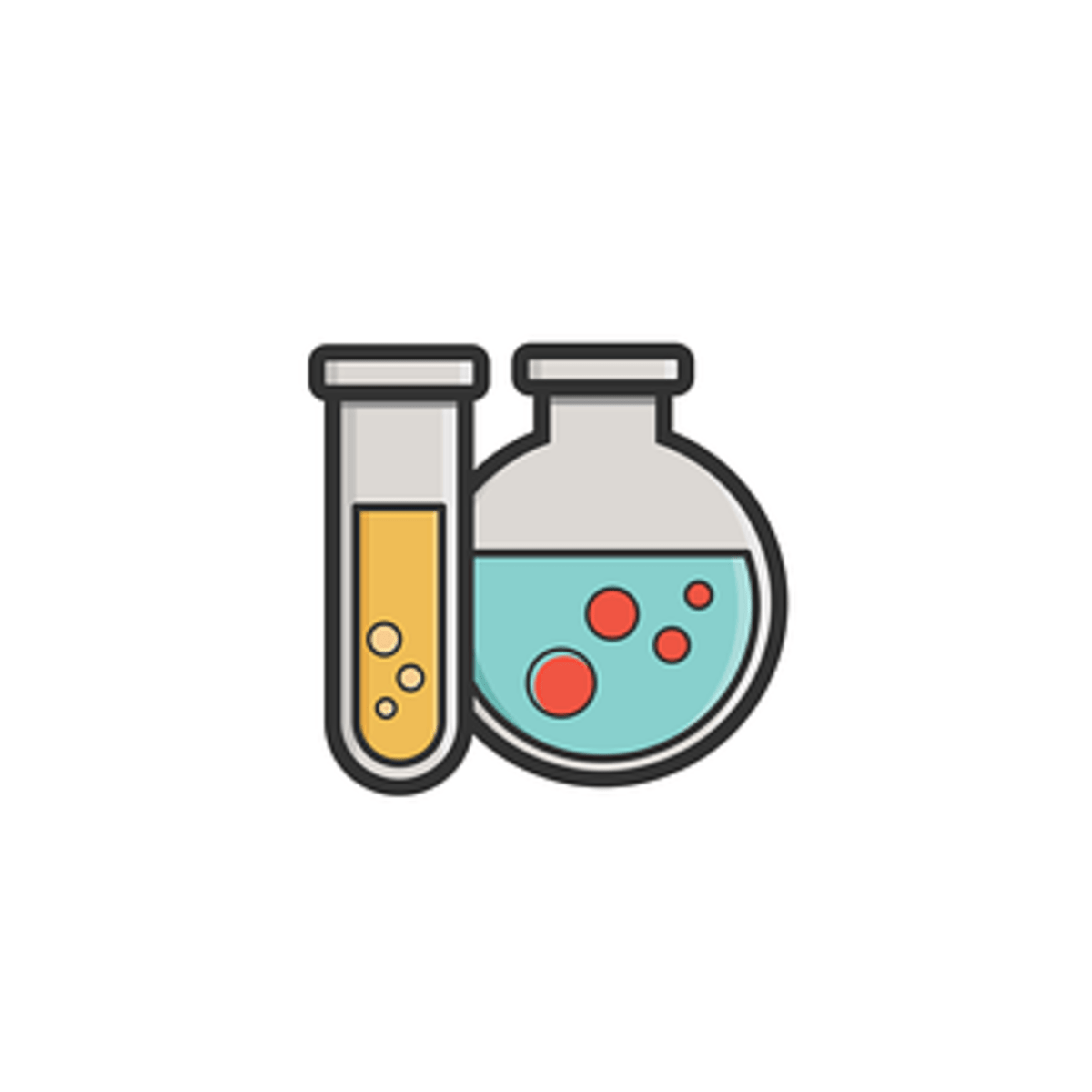Colloidal Solution
A colloidal solution is a suspension of insoluble particles microscopically dispersed in a liquid. Some definitions specify that the particles must be suspended in a liquid, but others extend the definition to include aerosols and gels. In this article, we will define colloidal solutions and their various forms.
Hydrocolloids
Hydrocolloids are complex polysaccharides that are dispersed in a solution. When the solution is heated, they form a gel. This gel has specific characteristics due to its composition. The amount of hydrogen bonds that are present in the gel is one factor that contributes to its characteristic properties. Other factors that influence the gel include temperature, the presence of ions, and the inherent structure of the hydrocolloid.
Hydrocolloids are naturally occurring hydrophilic polymers derived from plant, animal, or microbial sources. Some are recycled or produced from renewable resources. However, many have not undergone rigorous environmental studies. In addition, they may have negative connotations for some consumers.
Hydrocolloids are often used in the food industry to improve the texture and viscosity of foods. They can also be used as a food additive. Some hydrocolloids have been permitted for use in food in many countries. Depending on the composition and gelation method, these substances may alter a food product’s viscosity and mouth feel.
Another method of determining the colloidality of a mixture is the Tyndall Effect. If a liquid is colloidal, the light will scatter in all directions. Light will pass through the proper solution but scatter in the colloidal solution. A flashlight shining into fog will show a light reflected in all directions.
Lyophilic colloids
The particle sizes of lyophilic colloids in colloidal solution range from one to a thousand nanometers. The particles’ strong affinity for a liquid makes them very stable and suitable dispersants. These particles are often formed by boiling substances such as starch or egg albumin in a solvent.
Lyophilic colloids can be prepared directly from colloidal solutions, whereas lyophobic colloids can only be prepared through a particular procedure. The primary difference between the two types of colloids is their stability. Lyophilic colloids are very stable in a solvent, while lyophobic colloids are unstable and can quickly coagulate.
Lyophilic colloids in colloidal solution are often transparent or yellowish, a color that occurs from colloid degeneration. They contain tiny organic molecules that do not settle under gravity. In addition, they cannot pass through a semipermeable membrane, which is the case for hydrophobic colloids.
Lyophilic colloids in colloidal solutions are stable and can be used in various applications. They are often used to stabilize pigment particles in paints, pottery glazes, foods, and personal care products. Synthetic colloids also masquerade as lyophilic by attaching a lyophobic material to the surface. This process is called steric stabilization and works by adding a protective layer to the lyophilic material.
Colloidal particles can be formed by grinding coarse particles or mixing them with a dispersion medium. A colloidal mill is typically used to create colloidal particles. Two metallic dyes are mixed in the suspension, and the space between the two metallic dyes controls the amount of shearing force.
Liquid concoctions
Liquid concoctions containing colloidal solutions are very common in the medical world. These solutions are commonly used in medical dressings. They are essential in many procedures, such as affecting blood conditions. A colloidal solution is a heterogeneous system, meaning that it contains a variety of different molecules dispersed in a dispersion medium. These molecules are generally between one thousand nanometers and so small that they can remain suspended.
There are two types of colloidal solutions. The first type is a solution in which the material is dispersed evenly in a fluid. The second type is a suspension, which is a mixture that is made up of two substances. These liquids can also be foams, emulsions, and sols.

